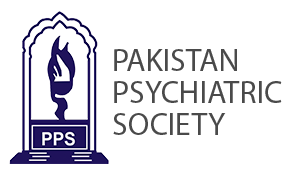A Study Of Antipsychotic Induced Tardive Dyskinesia In Indian Population
Abstract
Objective: This study was aimed at, to assess the point prevalence and risk factors in Indian population.
Design: Cross sectional comparative study.
Place and duration of study: The sample population was chosen from patients attending Psychiatry
OPD of GTB Hospital during two months of the study (October 2004 to November, 2004).
Subjects and Methods: 62 subjects with history of exposure to antipsychotic drugs were included in this
study. Their demographic data, illness related factors, and drug history were assessed. Tardive Dyskinesia
(TD) was diagnosed according to DSM-IV-TR criteria. Significance of categorical variables was assessed
by Chi-Square test and independent t-test was applied for comparison of numerical variables. Odds ratio
was calculated using logistic regression.
Results: Point prevalence of TD in this sample was 16%. Advancing age in female gender predicted
development of TD. Other known risk factors did not show any statistical significant effect.
Conclusion: Elderly females are at increased risk for development of TD. Point prevalence rate of 16% in
mixed sample is fairly high and underscores the need for further studies in this area.
Key words: Tardive Dyskinesia, Neuroleptics, Risk factors.
Downloads
Copyright © JPPS. Published by Pakistan Psychiatric Society
Licensing: This work is licensed under Creative Commons Attribution-NonCommercial 4.0 International License
Readers may “Share-copy and redistribute the material in any medium or format” and “Adapt-remix, transform, and build upon the material”. The readers must give appropriate credit to the source of the material and indicate if changes were made to the material. Readers may not use the material for commercial purposes. The readers may not apply legal terms or technological measures that legally restrict others from doing anything the license permits.






.png)









